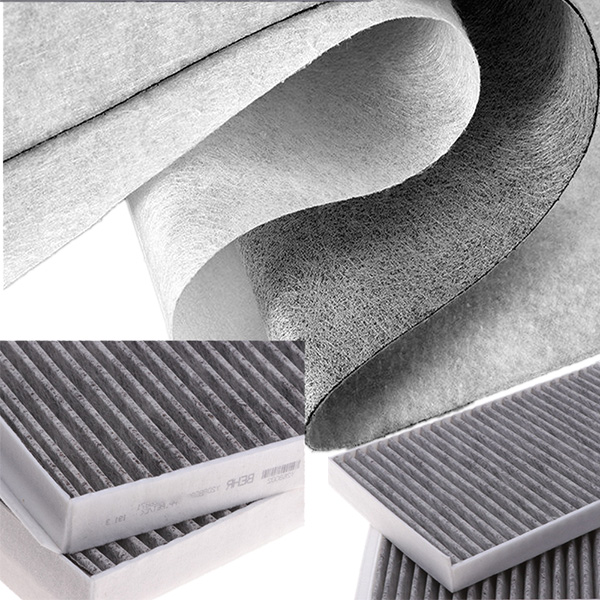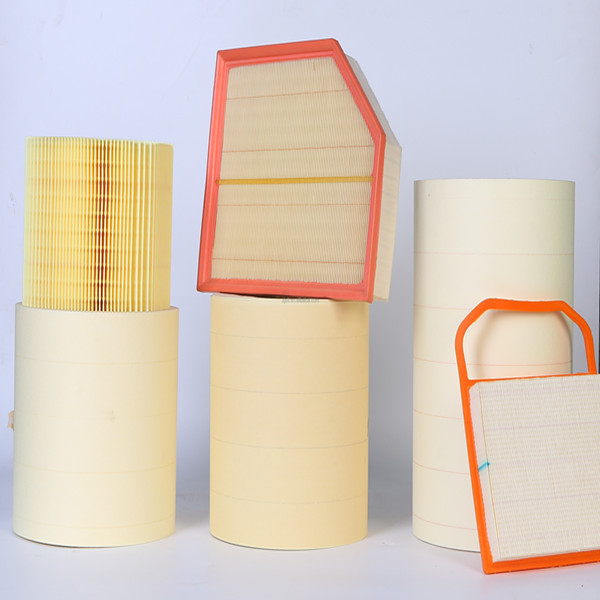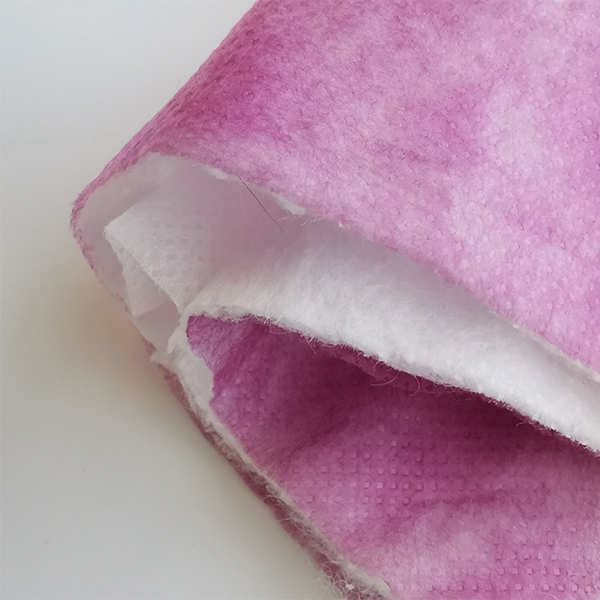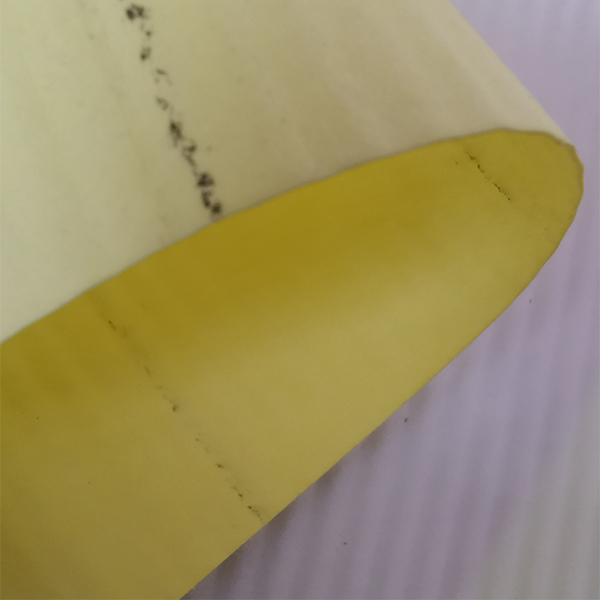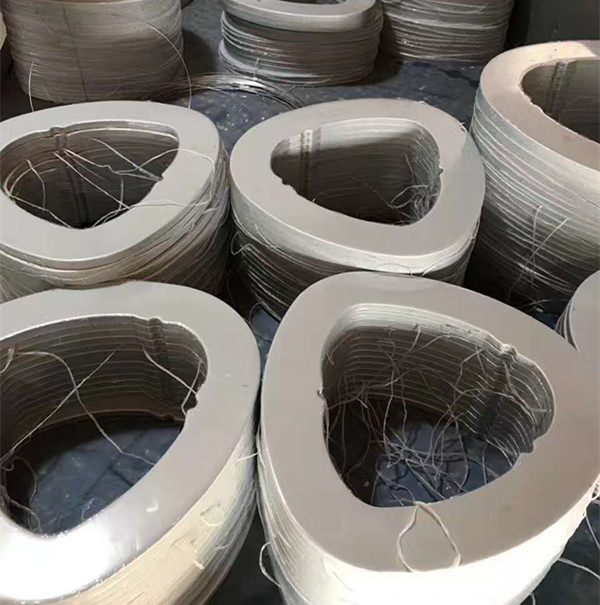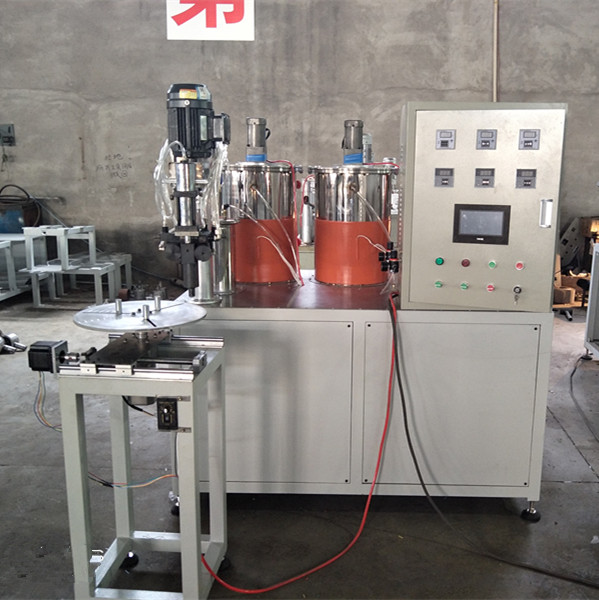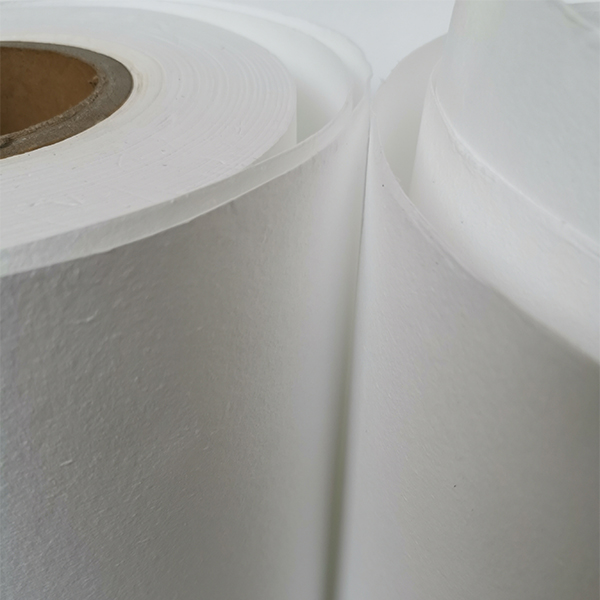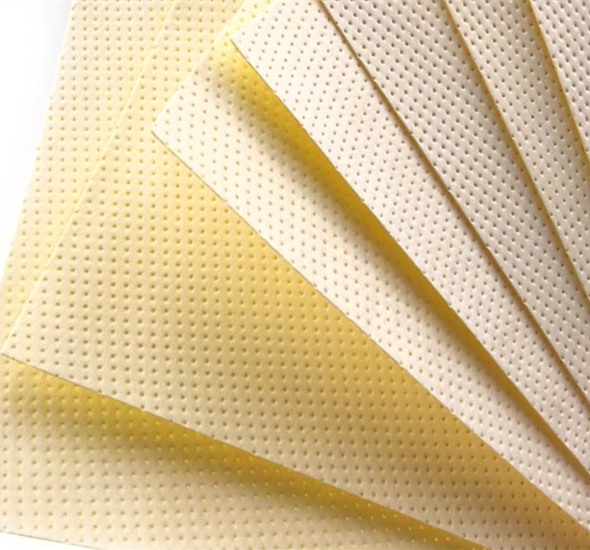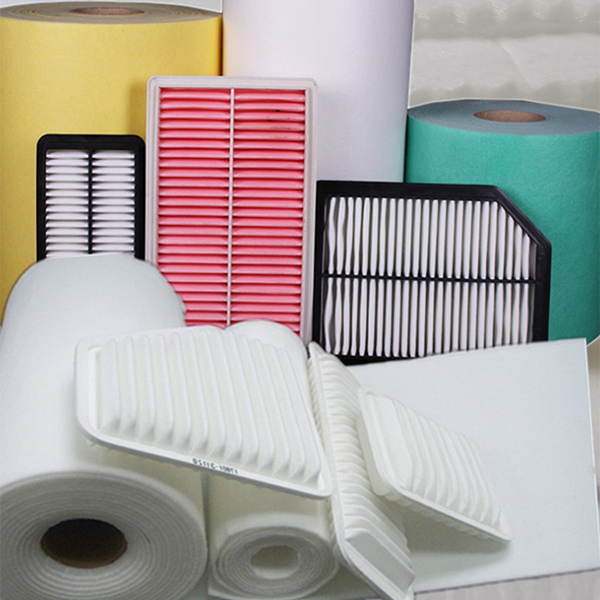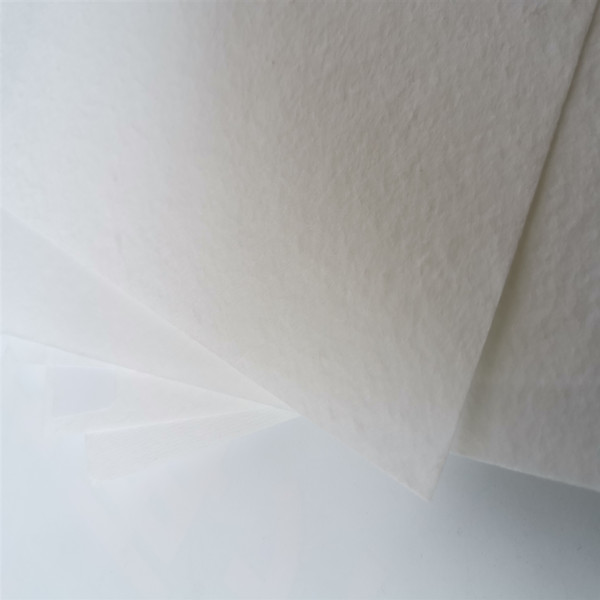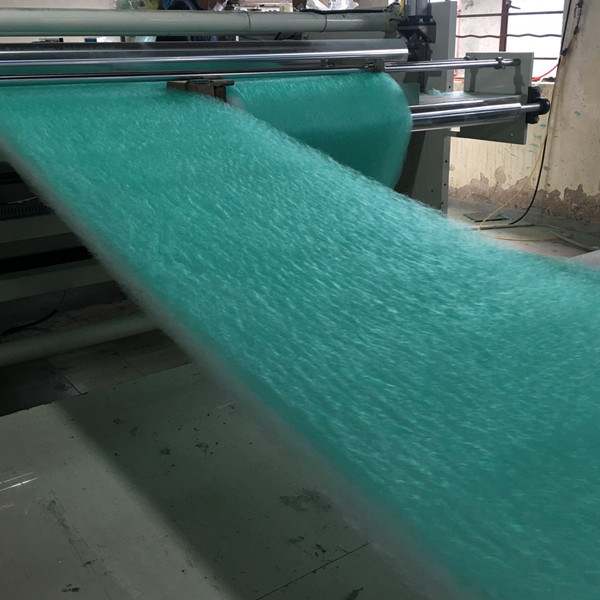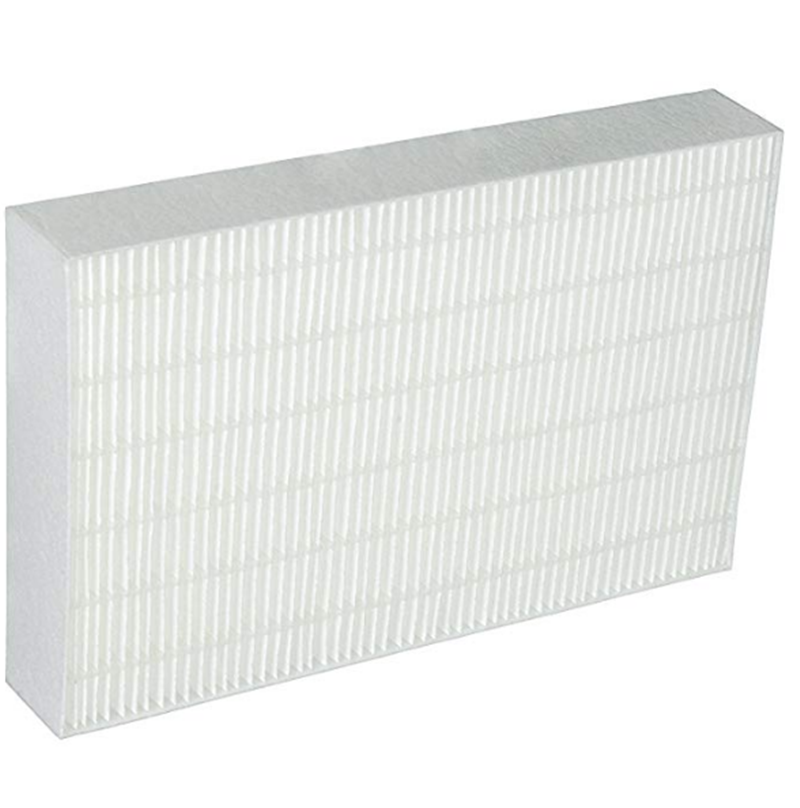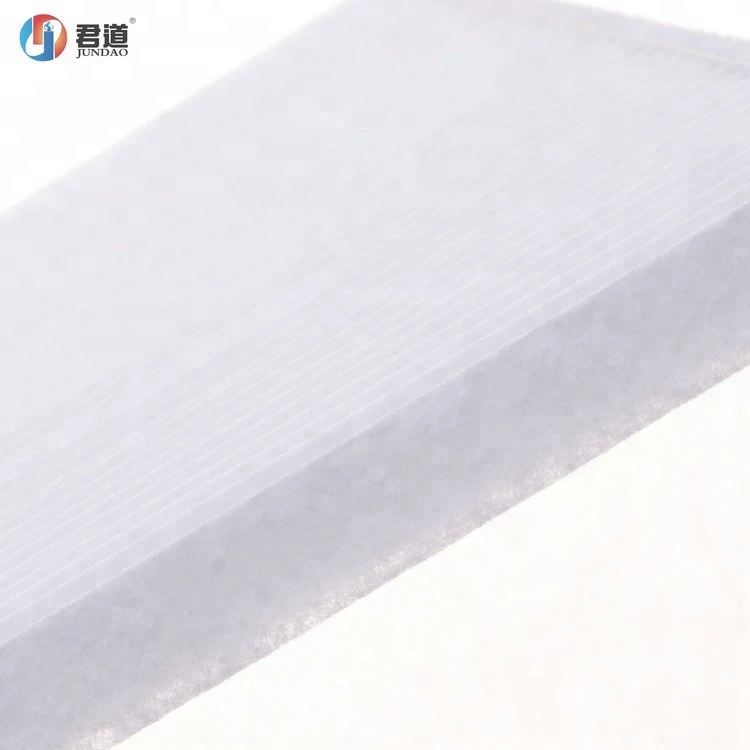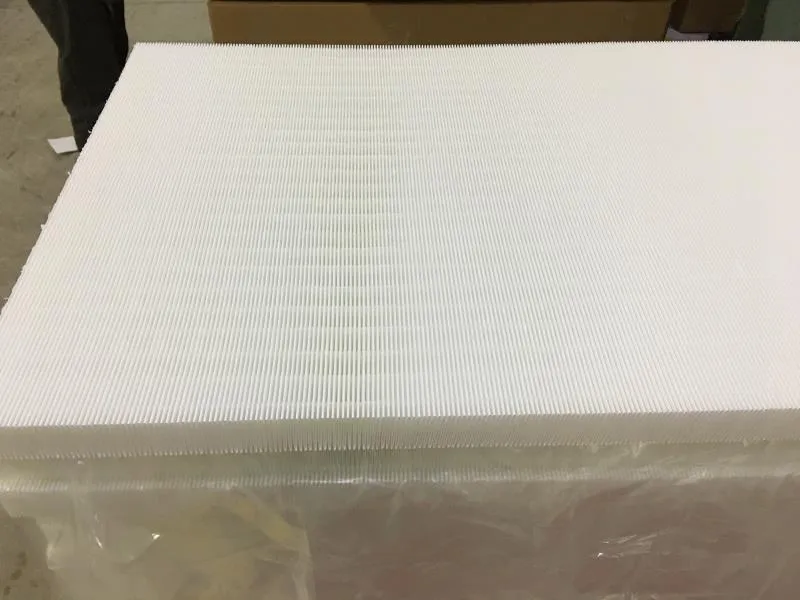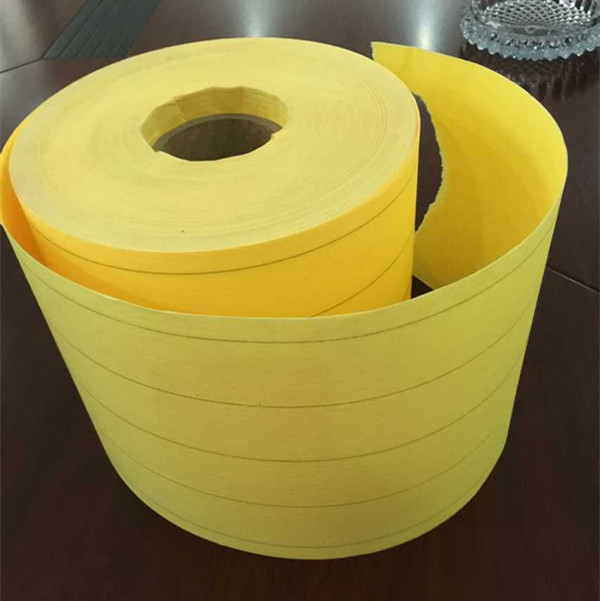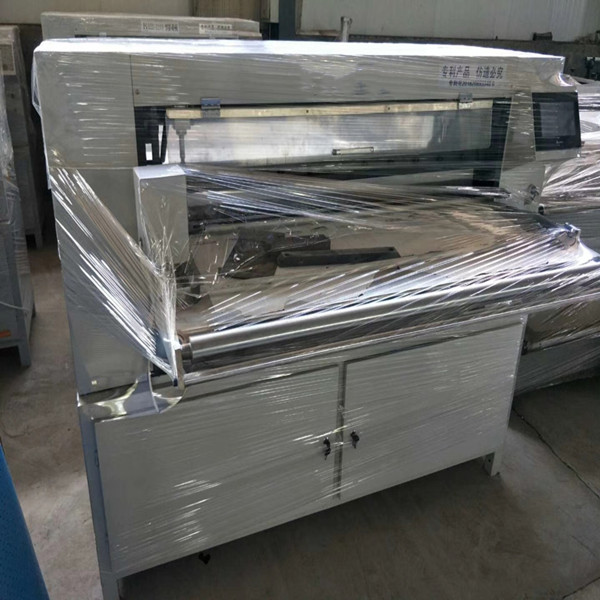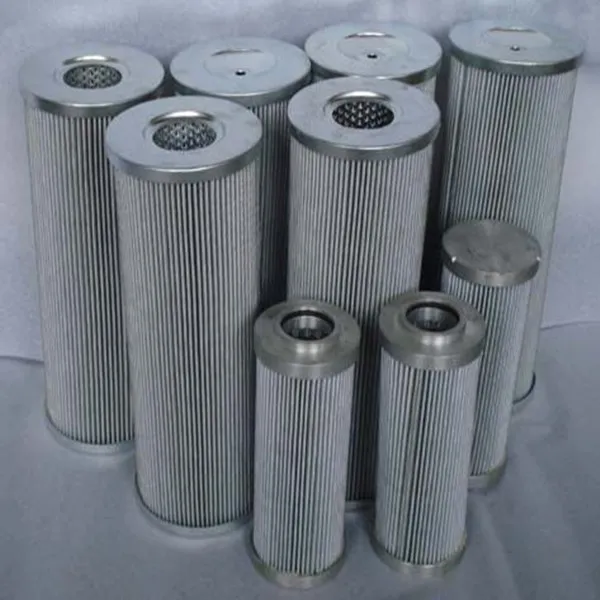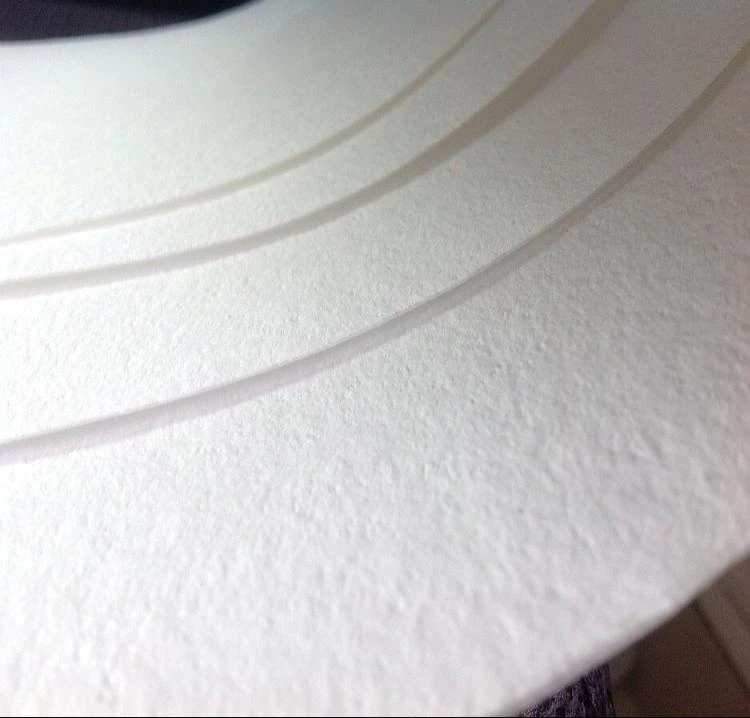In the era of deadly airborne viruses, air purification equipment has now shown various shapes and sizes. At last month’s Consumer Electronics Show CES, the company introduced a new portable air filter device for your bedside, cup holder, table top, meeting room, and even hanging around your neck. Although each of these devices can purify the air, the problem is that none of them can ventilate. Science increasingly shows that if you are serious about stopping the spread of the coronavirus, masks, social distancing and opening windows may do more than expensive electronic purification equipment.
Most air purifier designs use the same basic method. There is a filter and fan. The fan draws in and circulates air through the filter. The filters in these types of equipment are usually made of paper, fiber (usually glass fiber) or some type of net, which allows it to remove contaminants such as dust and pollen well, but cannot remove gas or less. particle. It is important to remember that the work efficiency claimed by the air purifier manufacturer is accurate after laboratory testing, but it is almost impossible to recreate the specific laboratory conditions. The location, installation, flow rate and running time of the purifier will greatly affect its working effect. Ventilation is usually a big problem. After the air is “purified”, the fan circulates it out, but the air is not ventilated to other areas of the space. Therefore, air purifiers often repeatedly purify the same air in their vicinity. The smaller the device, the greater the basic problem.
Setsi sa bongaka se ntse se sa tsebe hantle hore na ke lisebelisoa tse kae tse hloekisang moea tse hlileng li thusang ho emisa ho ata ha coronavirus. Ha ho na pelaelo ea hore li ka thusa bakuli ba allergy mme li se li sebelisitsoe lilemo tse ngata, empa ho sefa lintlha tsa likaroloana tse nyane tse nang le COVID-19 ho thata le ho feta. Ha ho ngaka e bolelang hore thepa e nkehang ea ho hloekisa moea e ka rarolla bothata bona. Litsebi li khothaletsa ho roala limaske le ho lula hole le sechaba e le mokhoa oa pele oa ts'ireletso. Ho bonolo haholo ho netefatsa hore likaroloana tsa COVID-19 ha li kene moeeng ho feta ho li sefa ka mor'a hore li qhalane. Leha ho le joalo, lisebelisoa tse ngata tsa ho hloekisa moea ha lia ka tsa senya boemo bona.
More useful than filtration is to increase ventilation. Studies have shown that keeping the air “fresh” is one of the best ways to stop diffusion. Known as air change, the rate at which air is completely replaced in a space is a key indicator of the level of symbiosis risk. The more changes in the air, the better. Mayo Clinic professor and researcher Dr. Mark Ereth explained in our recent “Flexible Workplace” report how much air is needed to pass through a room to help eliminate ultrafine particles such as COVID-19. In an office building, there are several times an hour every three to six minutes,” he said. There is evidence that, with the aid of a central ventilation system, air purifiers increase the air exchange rate or volume. But open the windows is also like this.
Ke batla ho u fa maikutlo. Ka kamoreng ea ho buuoa, moea o fetoloa metsotso e meng le e meng e meraro ho isa ho e tšeletseng, ha mohahong oa ofisi, o fetoloa ka makhetlo a 'maloa ka hora.
“The most important thing to consider when buying an air filter is whether the space you want to use in it already has good ventilation-then the air filter won’t increase too much,” Dr. Shelly Miller, an environmental expert, Colorado An engineer at the University of Boulder told Webmd that his research focuses on the spread of airborne diseases.
Ho bua ka nepo, ho thata ho ithuta ho bula fensetere ho fetola moea. Phallo ea moea sebakeng se ka hare ho thata ho etsa mohlala kapa ho bolela esale pele. Moetso o motle ka ho fetisisa oa ho haha lefatšeng o thata ho rarolla bothata ba ho bula lifensetere hobane tsamaiso ea moea e rarahane haholo.’ Ho hlapolla moea oa ka tlung o kanna oa ba le COVID-19 ka moea o kantle o se nang vaerase ho tla fokotsa bongata ba vaerase moeeng, ka hona ho fokotsa monyetla oa tšoaetso. Bafuputsi ba ntse ba sokola ho fumana hore na moea o kenang o kae le hore na ke mofuta ofe o molemo ka ho fetisisa. Ho hang ha ho na tumellano e lekaneng sechabeng sa bongaka.
Columbia University virologist Angela Rasmussen told Vox: “There is no perfect “safe” level of ventilation because we actually don’t know what “safe” is because we don’t know how much exposure will cause spread.”
Ho se be le likarabo tsohle ha hoa loka, empa ho molemo ho feta ho iketsa eka u na le likarabo. Ho bua 'nete ka se ka sebetsang kapa se ke keng sa sebetsa ho ka thusa batho ho etsa liqeto tse nepahetseng mabapi le ho lula ba sireletsehile. Joalo ka lihlooho tse ngata tse amanang le lihloekisi tsa moea, lihlooho ha li joalo. Ha e le hantle, ba ka nkoa ka phoso e le boikutlo ba tšireletseho. Boemong bo bobe ka ho fetisisa, li-ionizers, lijenereithara tsa plasma le li-electrostatic precipitators li ka hlahisa likotsi tse ntle. Lisebelisoa tsena li lefisa likaroloana e le hore li khomarele holimo ho e-na le ho phaphamala moeeng, kahoo li hlahisa ozone e le sehlahisoa.
ASHRAE, a professional association that specializes in setting standards for ventilation and air-conditioning, said that when using equipment that may generate large amounts of ozone (respiratory tract irritant) as a by-product of its operation, “must be extra careful.” HEPA and ASHRAE recommend avoiding the use of any air purification devices that produce ozone as a by-product of cleaning indoor air in living spaces.
Mekhoa e metle ka ho fetisisa ea moea o hloekileng e itšetlehile ka moea. Ofising ea sejoale-joale, ho bula lifensetere ho kanna ha se khonehe ka mabaka a mangata. Hangata, lifensetere ha li khone ho buloa ho hang. Tabeng ena, o ka etsa bonnete ba hore ho sebelisoa lisebelisoa tsa boleng bo phahameng ba ho hloekisa moea. Kaha ho sefa ha moea ho se nang ozone ha ho hlahise litla-morao tse kotsi, mefokolo feela ea lisebelisoa tse nkehang tsa moea ke litšenyehelo le lerata. Sekhahla sa phetisetso ea moea o hloekileng (CADR) ea sesebelisoa se u bolella boholo ba tšebetso ea sona. Lintlha tsena li ela hloko katleho ea sefe le matla a fene ho fumana hore na moea o phalla o kae ka sefe. Ha CADR e phahame, sebaka se seholo sa tlhoekiso. Ho reka thepa e nepahetseng ke feela ho tseba boholo ba kamore e nepahetseng. Hopola, ha sesebelisoa se le seholo, fene e tla potoloha moea ka matla, 'me molumo o tla phahama le ho feta. Sebakeng sa ofisi, ho tlameha ho nahanoa lerata le leholo. Theko ea boleng bo phahameng ba HEPA air purifier e qala ho pota $200, 'me theko ea eona e eketseha ha boemo ba CADR bo ntse bo eketseha. Batho ba bang ba bile ba iketsetsa lihloeki tsa moea ka ho tlama li-filters tsa MERV ho li-box tsa libapali ka tlase ho $30.
Ha u sebetsana le lisebelisoa tse nang le litlhoko tsa bongaka, kamehla ke habohlokoa ho arola 'nete ho tloha tšōmong le ho rua molemo ho papatso. Baetsi ba lihlahisoa ba ts'epileng ho etsa phaello tlhokahalong e kholo ea lisebelisoa tsa phokotso ea COVID-19 ba tletse 'marakeng ka lisebelisoa tse nkehang tsa ho hloekisa moea. Litsebi li lumela hore thepa ea boleng bo phahameng ka sebele e ke ke ea ntšoa kotsi. Ka sebele hoa khoneha ho etsa lintho tse hloekisang moea ka ho sebelisa lidolara tse makholo kapa esita le tse likete ho reka thepa ea ho hloekisa moea, empa re ka ’na ra se ke ra tseba hore na ke tse kae. Karabo e molemo ke ho roala maske, 'me haeba ho khoneha, bula fensetere.
Propmodo e hlalosa le ho hlalosa mekhoa ea litsebi tsa thekiso ea matlo ka ho kopanya litaba, lipatlisiso, liketsahalo le lits'ebeletso tsa papatso.
• We believe that the future will be defined by leaders who understand the general environment of the real estate industry.
• We believe that the commercial future of real estate lies at the intersection of technology and marketing.
• We believe that the creative future of real estate lies in the intersection of user experience and design.
Nako ea poso: Mar-16-2021

